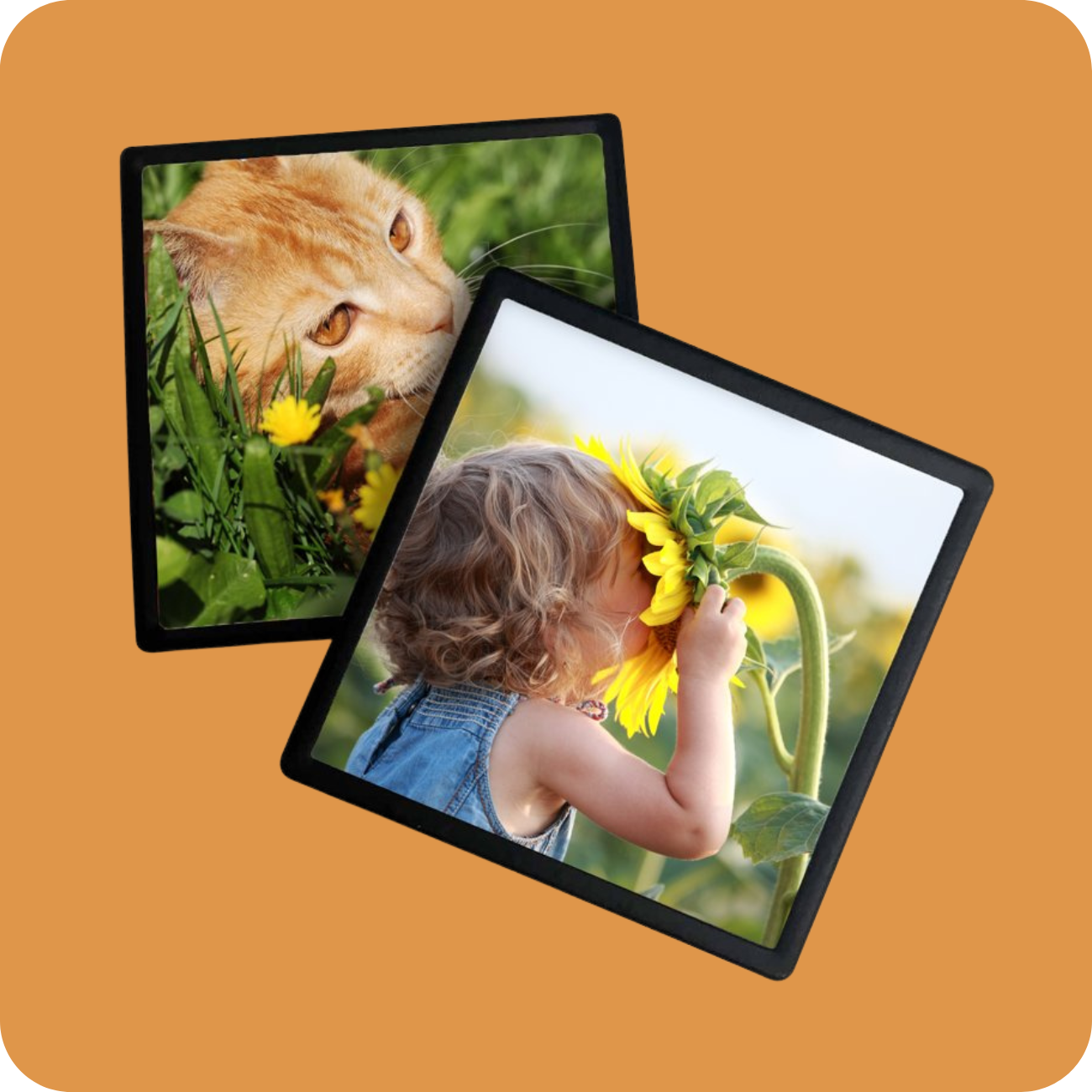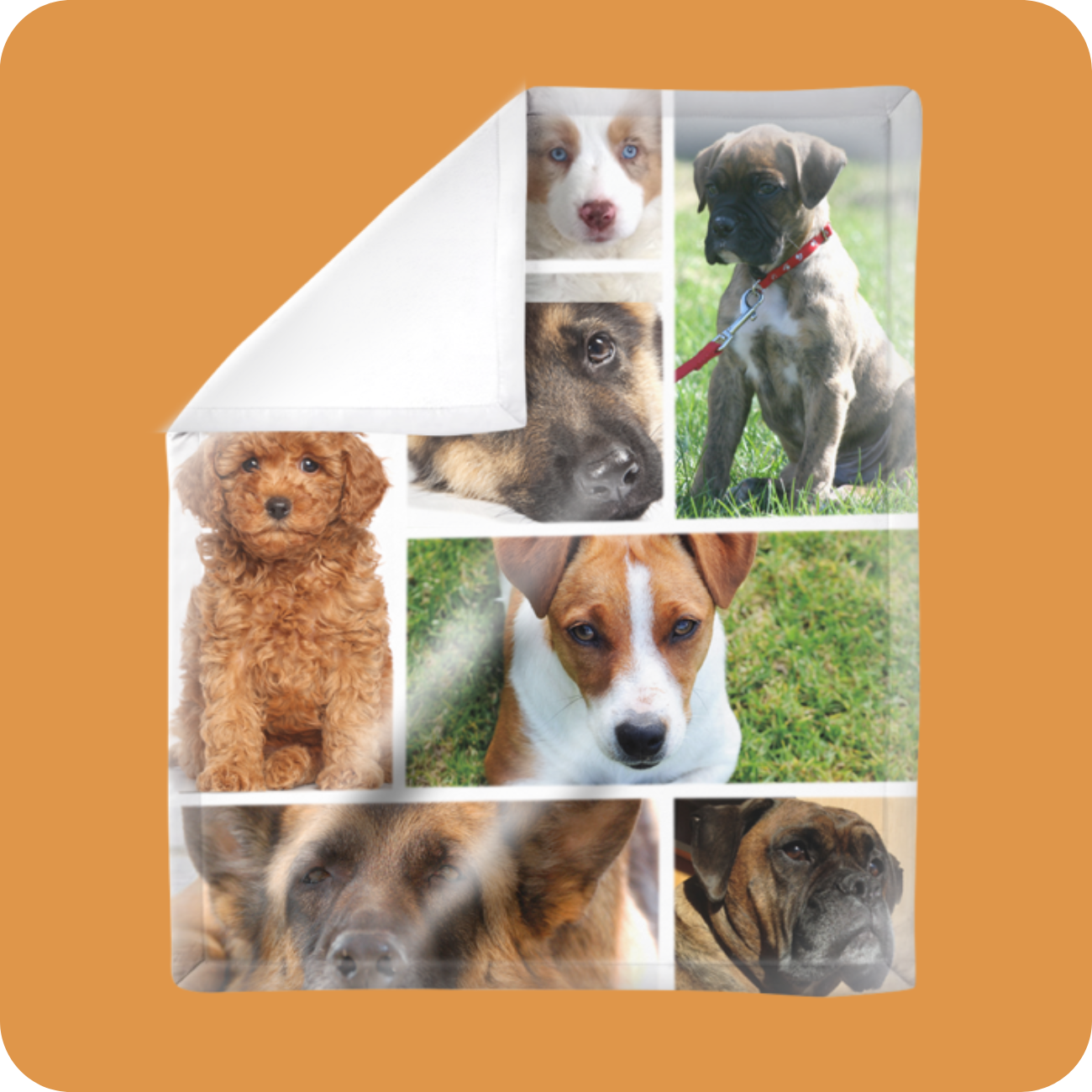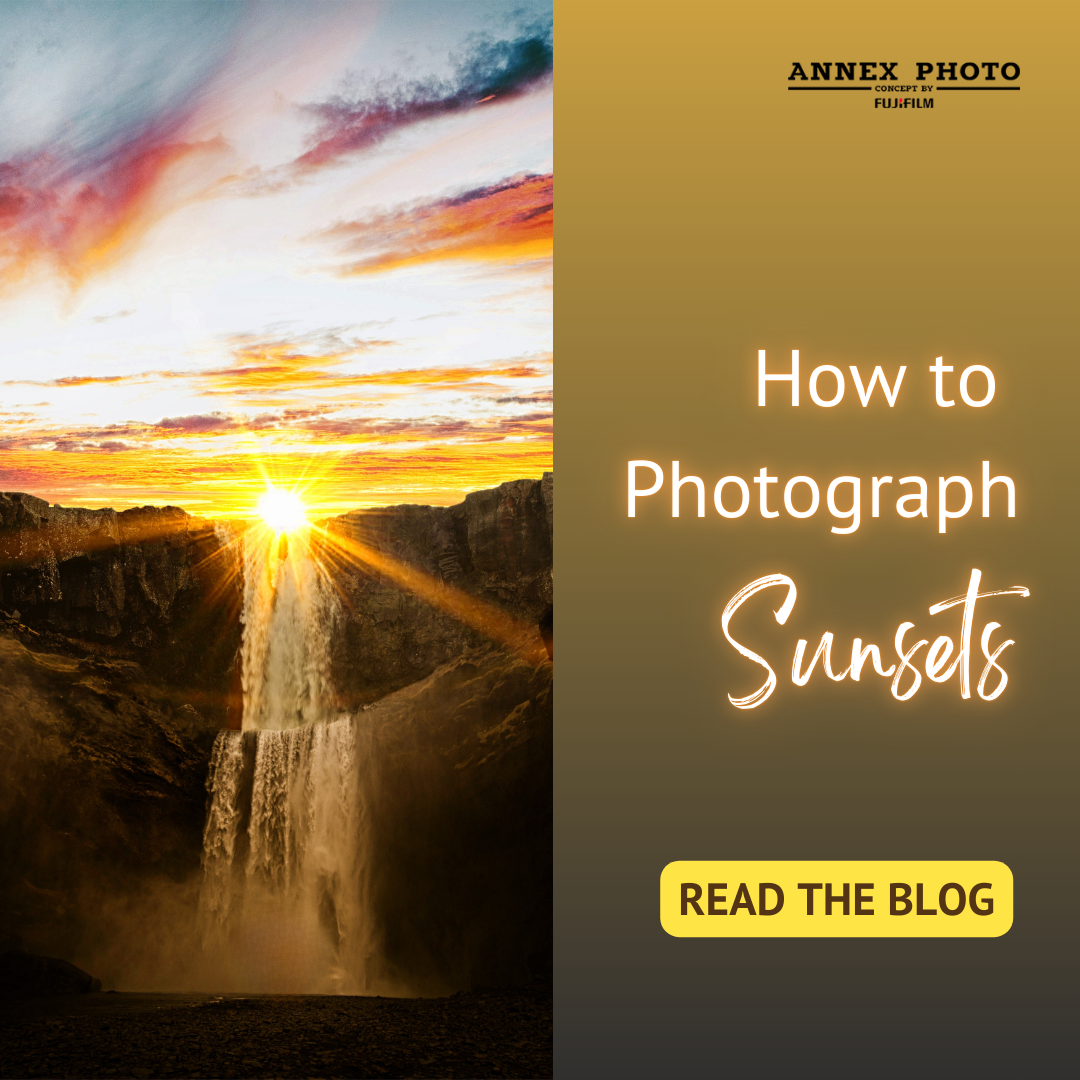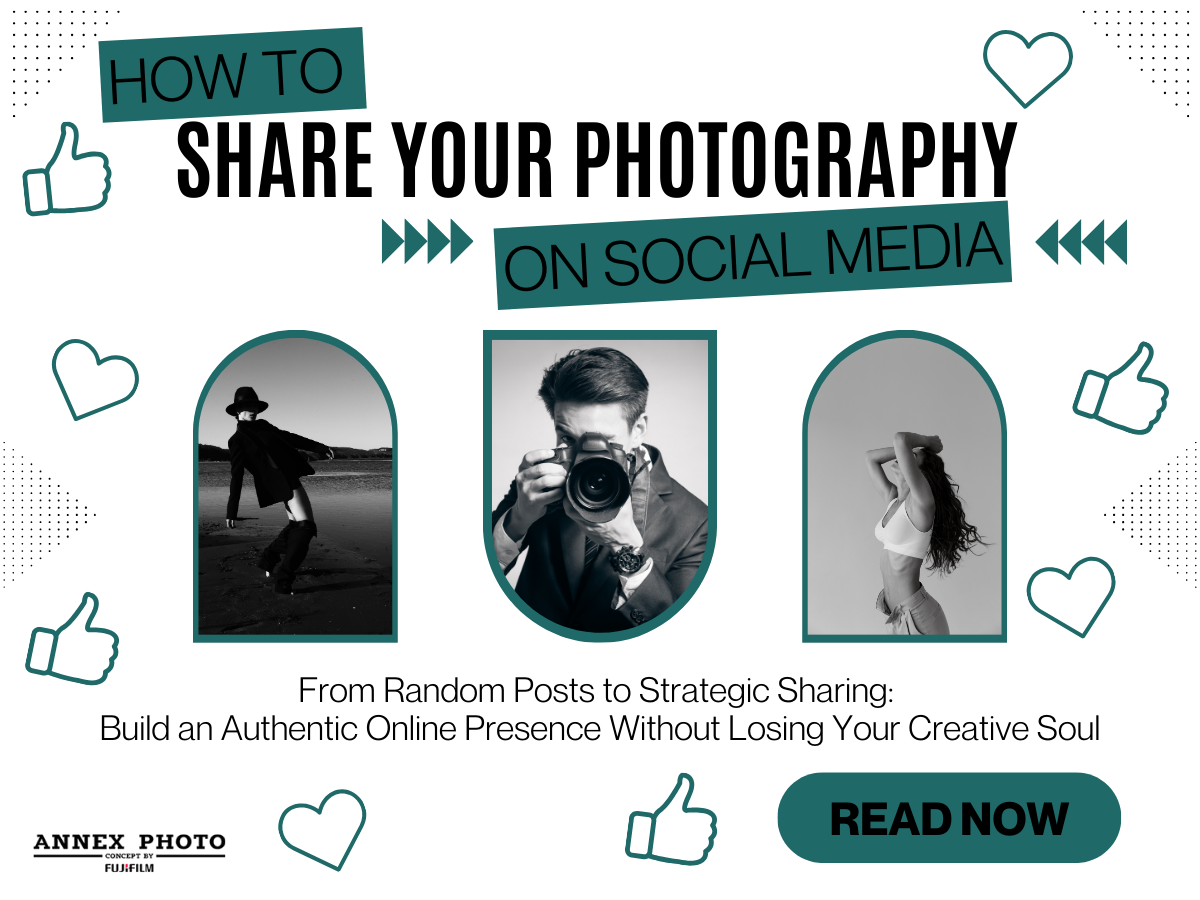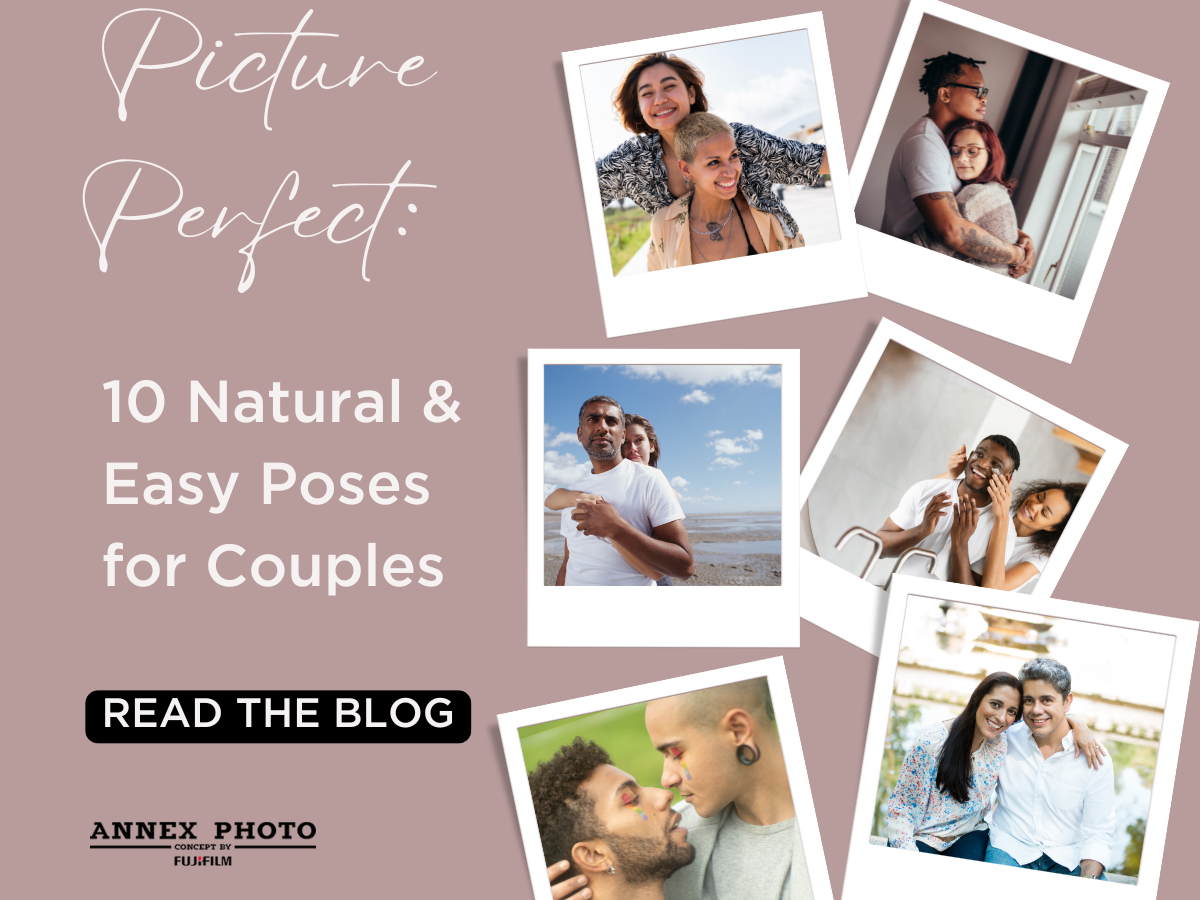All Blog Tags
Master Family Pet Photography with These 10 Pet Photography Tips
If there's one thing that's for sure in the world, it’s that pet owners love their pets. And how better to share that love with family and friends than taking as many photos of your pets as possible and sharing them on social media. Nowadays, this process is far too easy. Camera phones can take as many photos as you like, and photo galleries can become bloated with the same picture of your cat sleeping on your shoulder.
Though it’s nice to have the ability to freely snap away, this can often leave pet owners with an overwhelming number of pet photos, the majority of which aren’t of the highest quality, and therefore not great for display or even sharing. In this article, we will go over 10 ways to improve your family pet photography game and give your furry friend the image they deserve.
1. Learn How to Interact with Animals so You are Both Comfortable
One of the most important things to keep in mind when taking pet photos is to make sure that they are comfortable both physically and emotionally. If an animal is stressed or anxious by your presence or your camera it can be much more difficult to get the shot you want.
Different animals have different triggers and instincts that may make shooting pet photos more challenging. Make sure to interact with the animal you are photographing for a while before getting your camera equipment out, even if it's your own pet. This will ensure the animal is relaxed with you being in its space and will give you a far better chance at ensuring cooperation between you and the furry subject during your pet photography shoot.
2. Patience with Your Furry Photo Model
Unlike typical photoshoot subjects, animals don’t know what you are trying to accomplish and can therefore be far more difficult to work with. Instead of losing control of the situation and getting upset because the animal isn’t doing exactly what you want it to do, be patient and give yourself enough time to allow the animal to get distracted from time to time.
If the pet isn’t yours, have the owner present and discuss some methods that usually work to keep the animal focused. If things really aren’t going to plan, take a break and try again later or another day. Sometimes in pet photography things don’t go to plan. Stay patient, allow the animal to be itself, and eventually you will get the shot you’ve been dreaming of!
3. Be Ready to Adapt Your Pet Photography Vision and Methods
While patience is essential in pet photography, it’s also incredibly important to be able to think on your feet and adapt in any situation. Use treats and strange/fun sounds as tools to gain the animal’s attention. However, these methods often will only work temporarily. Have a vision for your shot but be able to change course if the shoot isn’t going as planned.
If a dog really wants to lay down but your ideal shot is standing, you will need to adjust your dog photography vision to match what the dog is comfortable with. As mentioned before, these are animals not models. You will not find success forcing a pet to do something they aren't comfortable with so be flexible and creative!
4. Pet Photography Setting and Location
Now that you understand how best to approach shooting pet photos, it’s time to focus on how the photos themselves will look. The setting is essential to pet photography because typically the animal will be isolated against whatever backdrop you select. While there is no concrete way to take these photos, isolating the subject is a portraiture staple and often leads to the most striking and effective shot.
Decide whether you want the subject in the outdoors, the studio, or in their habitat. This decision will affect the tone of your photo and will help communicate to the feeling you are trying to achieve. Outdoor shots can be far sportier and action-based whereas studio shots can be more playful and sillier.
However, keep in mind that your setting choice will also affect the challenges you might face during the shoot. If you decide to take photos in a park, you may need to contend with the many distractions that might manifest, so plan accordingly. Try to match the personality of the pet with the setting you select. This will lead to a more cohesive final product that will make both the owner proud!
5. Lighting for Pet Photography
In pet photography, like any other form of photography, lighting is key. Without effective light use, any pet photos you take will look unprofessional and bland.
If possible, natural light is always preferred for pet photos because studio strobe lights, which are common tools in typical photoshoots, can startle and bother animals who aren't accustomed to their brightness. In some cases, strobe or other studio lighting can actually damage the animal’s eyes so it is best to avoid this type of lighting.
Diffused continuous lighting can work, but it is important to ensure the animal is comfortable with a setup like this before starting to shoot. Taking photos using natural light outdoors or by a window can make for fantastic portraits, especially when you time your shoot around golden hour. About an hour before sunset, the light is far less harsh than at midday, and has a yellowish orange cast that makes any model, especially an animal one, look amazing!
Try different lighting methods and see what works for both you and the pet you are photographing.
6. Pet Photography – Focus is Key
Making focus is incredibly important when taking portraits, and even more important when photographing pets. Oftentimes, animal movements are quick and sporadic so you will need to rely on your instincts and be able to freeze movement at a moment's notice. However, to create separation between the subject and the background, portrait photographers will often use wide open apertures. The issue with this method in pet photography is that often pets have longer facial features that may be out of focus with the small focal plane that those apertures create. In addition, shooting using a wide aperture can blur action when you want to freeze it.
Prioritize getting the eyes in focus, as that is where the eyes naturally travel to when looking at a portrait. Then, try your best to get everything on the face in crisp focus. Stopping down your aperture is worth it, if you can achieve sharper focus and capture motion more effectively.
Experiment with different aperture settings to balance all these factors and nail your focus in your pet photos every time!
7. Equipment for Pet Photography
When shooting portraits, it's important to choose the correct lens for the job.
“Longer” lenses have larger focal lengths and create more compression between the background and the subject, often with a more prominent blur or “bokeh” effect. This contributes to a more visually interesting photo and directs the viewer's attention to the subject effortlessly. A standard lens for portraiture is the 50mm which is very versatile and can be used effectively both indoors and outdoors. If you are farther away from your subject and are hoping to capture action and movement with more compression, telephoto lenses are your best bet.
At the end of the day, good technique and lighting will always make the picture, but using the right tools for the job can make your life as the pet photographer far easier. Experiment with angles to get the most out of your lenses and play into the benefits that each one provides.
8. Family Pet Photography Props
Have fun with your family pet photography shoots! It’s important to remind yourself that you are taking photos of pets, so focus on the things that make having pets so magical. One way to do this is by using props to convey the pet’s personality. If you're photographing a bird that loves interacting with its owner, photograph it on the owner's head! If you're photographing a cat that loves a certain dangling toy, photograph them playing with that! You shouldn’t force any object or prop on an animal, but using props that they enjoy communicates their personality and will make them happy, leading to a more impactful shot.
9. Minimize Distractions When Capturing Pet Photos
Simplicity. Simplicity. Simplicity. It is incredibly important to keep it simple when taking pet photos. You want the entirety of the pet photo viewer's focus on the animal and the features that make it so loveable. Distractions work against the photographer in achieving this goal.
If you are in a public space with others around, make sure to frame the animal without anyone or anything attention grabbing in the background. This includes people, colourful shops, other animals, clear location markers and other unimportant elements to the photo. Focus on prioritizing the furry friend in the image and less on the environment around them, unless the intention is to show that.
10. Practice Your Pet Photography!
Finally, as with everything, practice makes perfect! You are never going to nail it on your first attempt but staying persistent and adjusting your approach to make things work is essential as a photographer and even more so as a pet photographer.
You can practice by approaching people in public spaces with pets and kindly asking if you may photograph them. Pet owners love photos of their animals so offer to send them the edited images later. Not only does this help you in working with animals in a photographic setting but it also will help you interact with their owners and may even create opportunities to photograph their pets professionally in the future.
Purrfect Pet Photography Skills
With these tips in mind, it's time to get out there and take some pet photos! Don’t overthink things too much and let your own personal photography style shine through. Remember to stay patient and adapt- the animals aren’t professional models! If you become overwhelmed or frustrated, take a break. Remind yourself to have fun and the animal will as well. Get shooting!
Make Your Pet the Star ☆ with These Pet Photo Products
You can use your pet photos to create a wide range of custom photo products - check out all of our photo gift ideas!
Share
Most Recent Posts







